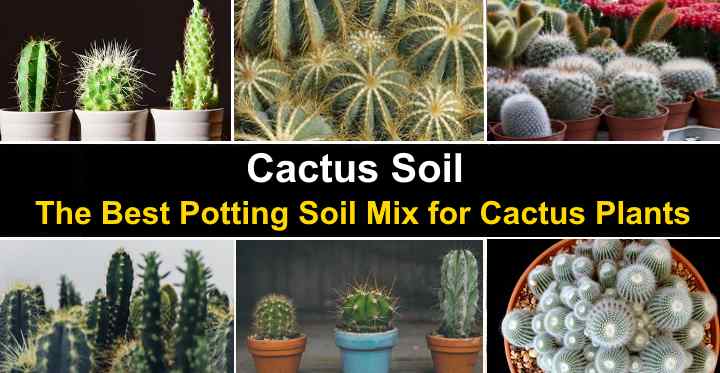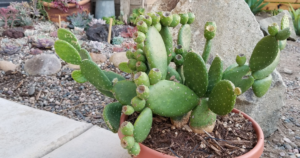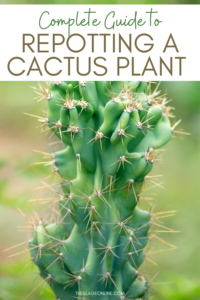Cacti are fascinating succulents that thrive in arid environments, making them popular choices for both novice and seasoned gardeners. One of the critical aspects of ensuring the health and vitality of cactus plants is the soil they are planted in. The right soil composition not only promotes growth but also mimics the natural habitat of these desert dwellers. This article delves into the best soil combinations for growing healthy cacti, exploring the characteristics, types, and necessary care for these unique plants.
To create an optimal growing environment for cacti, it is imperative to understand the specific soil requirements that cater to their unique adaptations. Cacti prefer well-draining soil that prevents water accumulation, which can lead to root rot and other complications. Below are various soil combinations and their benefits for growing healthy cacti.
Choosing the Right Potting Mix
When selecting soil for cactus plants, it is essential to consider a blend that remains porous while retaining a minimal amount of moisture. Common commercial potting mixes are often too dense for cacti, so customizing your soil mix is often advantageous.
A well-balanced cactus potting mix typically consists of coarse materials. One popular combination includes:
• Coarse sand: A vital ingredient, coarse sand enhances drainage and airflow, crucial for cactus roots.
• Perlite: This volcanic glass expands upon heating and provides aeration. Perlite lightens the mixture and supports drainage.
• Pumice: Another excellent amendment, pumice aids in moisture retention while maintaining drainage. It helps create an airy structure for root growth.
This mix can also include a small ratio of organic matter, such as compost, to provide essential nutrients without compromising drainage.
Understanding Soil pH and Drainage
Besides the mix itself, pH levels play a significant role in cactus health. Cacti generally prefer a slightly acidic to neutral pH, ranging from 6.0 to 7.5. Testing the pH of your soil can help determine if any adjustments are necessary. If the pH is too high, consider incorporating sulfur or other soil acidifiers to create a more suitable environment.
Drainage is another critical factor. The aim is to create a mix that allows excess water to escape swiftly while holding sufficient moisture to nourish the plant. The use of pots with drainage holes is essential, as it allows for any excess water to escape and prevents the soil from becoming overly saturated.
Mixing it Up: Exceptional Soil Compositions
While the basic cactus soil mix is effective, experimenting with various compositions can yield even better results and support different cactus species effectively.
A specialized mix for rooting cuttings or seedlings may differ slightly. For younger cacti, consider:
• 50% coarse sand or horticultural grit, which encourages robust root development.
• 30% perlite or pumice for aeration.
• 20% organic matter, avoiding overly rich materials like garden soil to maintain drainage qualities.
For more mature cacti that require additional nutrients, a nutrient-rich mix may be beneficial. This can include a basic cactus mix that incorporates:
• 40% coconut coir: This is a renewable resource that retains moisture while allowing airflow, making it a sustainable option.
• 30% composted pine bark: This provides organic nutrients and enhances the structure of the mix.
• 30% course aggregate materials: This could be gravel or stones that improve drainage and provide a natural look.
Monitoring Soil Moisture and Nutrient Levels
Once the cactus is potted in the right soil mixture, monitoring moisture levels becomes essential. Overwatering is a common issue for cactus owners; therefore, it’s vital to allow the soil to dry out between waterings. Depending on the species and environmental conditions, cacti may only need watering every few weeks or even less frequently during the dormant winter months.
Nutrient replenishment is also crucial, especially during the growing season. A diluted, balanced fertilizer can be applied once or twice during spring and summer to support growth without overwhelming the plants. Choose specifically formulated cactus or succulent fertilizers, as they contain the right proportions to benefit these unique plants.
Conclusion: The Path to Thriving Cacti
In conclusion, the right soil mixture is fundamental in cultivating robust and healthy cacti. A thoughtful combination of coarse sand, perlite, pumice, and organic material can provide the ideal drainage and nutrient mix that cacti crave. By paying close attention to soil pH, moisture levels, and nutrient needs, gardeners can create an environment that closely resembles the natural habitat of these resilient plants. Through diligent care and the right soil combination, anyone can enjoy the beauty and diversity of cactus plants thriving in their homes or gardens.





Leave a Comment